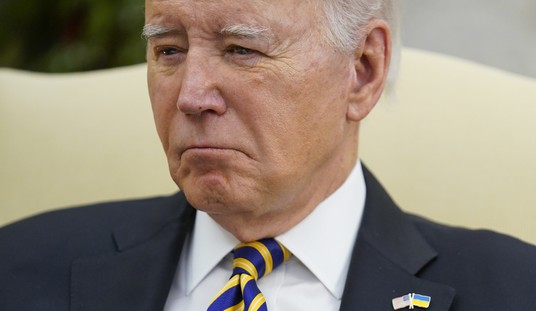What Hope Christian Schools are doing is nothing short of phenomenal. The high school, located in the heart of Milwaukee, is a prime example of school choice in action – and how it’s working to better the lives of those viewed as disadvantaged in our society.
Yet, at first, it’s bit of a bleak picture. Hope Christian Schools’ Executive Director Jamie Leuhring noted that Milwaukee is the fourth poorest city in the country. It has the largest incarceration rate for African-Americans, with one out of eight currently imprisoned. It has the largest gap in testing between blacks, whites, and other races. Additionally, most of the students at Hope are two or three grades behind the rest of their peers. In an environment like this, confidence is key.
Leuhring added that 99% of their student body lives in poverty; 99% are black; and 97% are free/reduced lunch students. Also, it’s an institution funded 100% by vouchers. There are about 220 kids enrolled in the high school, with 1300 total students if you include the lower grades. Although, if you take a closer look into the school, the notions of doom and gloom fades rapidly.
It’s a high expectation school. Students are expected to show up everyday and do their homework. It’s also a very disciplined environment, but they have fun as well. Leuhring noted that it becomes too militaristic if discipline is the only priority. Concerning performance, Hope Christian High School is very public with their data – and the end of the year test is considered an autopsy by the staff. The curriculum isn’t necessarily easy either; everything is based on ACT standards. Additionally, state/local government doesn’t dictate the curriculum. Hope Schools’ certification and accreditation as a learning institution allows them to receive public fund to teach kids privately. Additionally, Leuhring added that such a process is essential to preventing bad schools from opening.
Two students were able to share their experience at Hope; all of them positive. One commented that “it’s hard work, but it’s worth it.” The other noted that some students take three buses to get here because they know that they’re receiving a great education. Both agreed that “they [Hope teachers] push you hard.” And that they wouldn’t be where they are if they attended another school. They also acknowledged that Hope is preparing them for college. “What were are doing here is what we’ll be doing in college,” one said.
Concerning values, Leuhring added that they teach their students that God loves them, the importance of college, and that they’ll have to work hard to get there, but the staff will be here for support. In fact, Hope teachers provide their contact information to their students for additional help on assignments. Now, families can opt out of religious classes, but many choose not to due to their Christian faith. Another reason is that they find the teachings and principles advocated at the school to be positive factors in the education of their children.
So, how does Hope Christian high School fare at the end of the day? Well, they have a 100% college acceptance rate, with a 70% matriculation rate. The schools’ success has created a high demand for enrollment from other families. In the high school alone, there were 70 slots open for the incoming freshman class; about 140 students applied.
One of the more controversial aspects about Hope is the selection process; it’s based on a lottery system. Some think – and rightfully so – that a good education should’t de decided by a system meant to keep senior citizens occupied. Even Leuhring noted that it’s heartbreaking when students aren’t chosen, but added that the system works if there are enough quality schools available. That’s why Hope is adding another K-8 school next year. Yet, therein lies the other controversial aspect at Hope; Common Core is accepted at the elementary school.
In all, 25,000 out of the 120,000 kids in Milwaukee schools are in the city’s voucher program. Charter, private, and public schools all work together to make sure their students are served properly.
When I asked Leuhring about the impact of the teachers union on Hope, he said that they don’t threaten collaboration, but they do influence the messaging. When I pressed him on how Hope is combating the misinformation disseminated by the teachers unions about school choice, Leuhring admitted that they need to do more to tell the story, but the main focus at Hope is to give these kids a great education, build character, and given them the confidence to succeed.
On that front, Leuhring and Hope Schools have certainly succeeded. One of Hope’s principles is that zip codes no longer determine their students’ future. They look forward to making that sentiment more mainstream. It’s astonishing how successful a learning institution can be when they make building brighter futures their main focus.









Join the conversation as a VIP Member